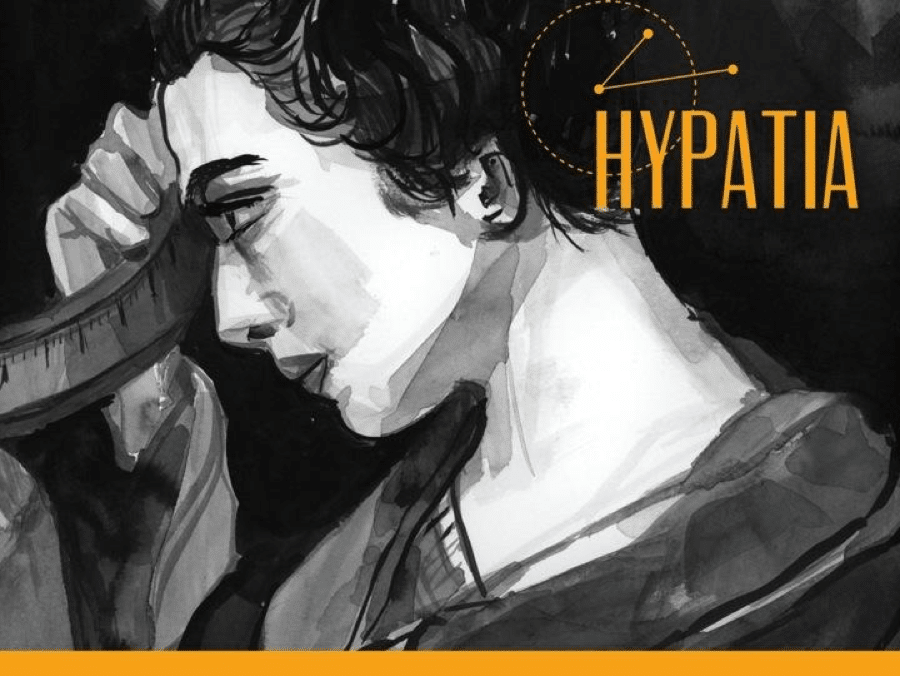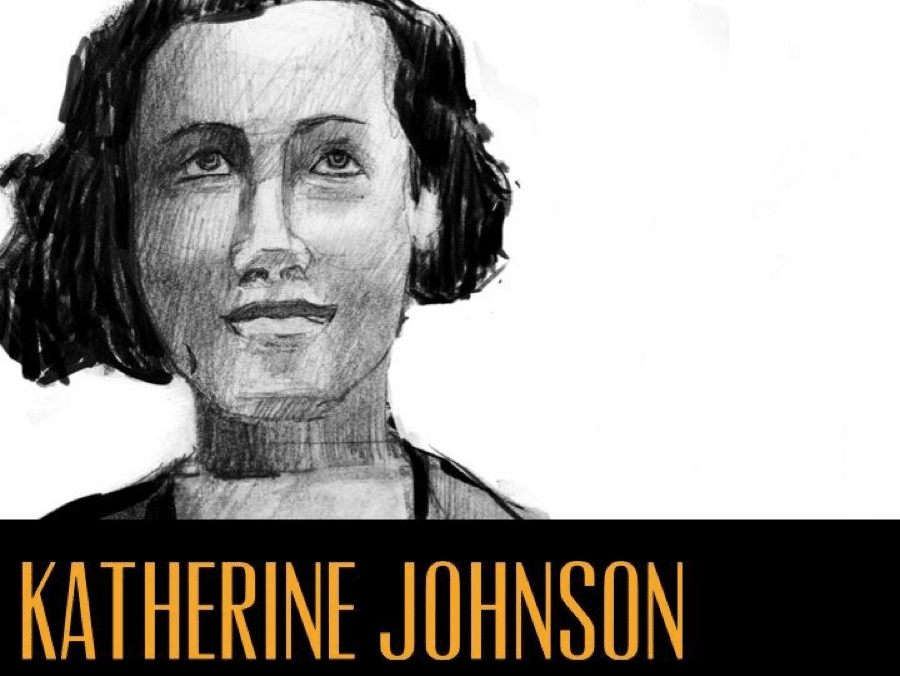As part of Digital Science’s celebrations for Ada Lovelace Day, for the month of October we are running a series of blog posts where inspiring women and men in STEM are sharing their personal stories. Anyone can get involved and we encourage you to read and share your thoughts using the hashtag #WiSTEMspotlight.
“Computer science is the only field in science, engineering and mathematics in which the number of women receiving bachelors degrees has decreased since 2002— even after it showed a modest increase in recent years.” Selena Larson
This is my story, but it is also the story of countless others.
My career is found at the intersection of two forward-looking and fast-paced fields: astronomy and computer science. While I never mapped out this particular trajectory, it’s been a compelling and fascinating journey so far – I look forward to where I can go from here.
Unfortunately, success in these STEM (science, technology, engineering, and math) disciplines is not a given for many, especially women and people of color. Far too often, there are hurdles and obstacles – many unseen and unrecognized – to reach key milestones for those who fall outside the traditional perception and background of what a scientist, technologist, engineer or mathematician should be and where they should come from.
Those who do navigate the gauntlet of challenges and go on to have careers in the fields of STEM (science, technology, engineering, and mathematics) may have their contributions overlooked or even dismissed.
There are many who persevere, however, and Ada Lovelace Day is an opportunity to celebrate such accomplishments. While we need to realistically look at the current landscape in STEM fields for women and other under-represented groups, we can hopefully remain optimistic that the power to change the situation lies within all of us.
Let’s see where experts believe we are and where we still need to go in the two fields where I have spent most of my professional life.
In Silicon Valley, major employers such as Google, Apple, and Facebook, have shown that about 70% of workers are male.
Why are there so few women in computer science? Selena Larson reports that some factors may include:
- An overall culture that encourages pink vs. blue, where girls are taught to play with dolls, not robots, and turn their thoughts towards more “traditionally female careers”
- The strong stereotype (demonstrated much in the media since the 70’s) that programmers are typically young white males.
The issue starts at young ages with cultural differences, and then seemingly continues into high school and well beyond. For example, male students (81%) take the advanced placement computer science course at a higher rate than female students (19%).
It’s not all bad news, thankfully. Many, many individuals and organizations have worked tirelessly – particularly in recent years – to open the field of computer science to all who are interested. By 2020, it is estimated that there will be 1.4 million computer-science related jobs available, but only 400,000 computer science graduates to fill them. What’s being done to help women and others be included in that missing million workers? At the University level, there has been some good news. Two reports are noted below.
SOME BETTER NEWS
- Carnegie Mellon University has been focusing on improving their computer science program with better networking and mentoring opportunities for example and has noted that recently, 40% of their incoming computer science majors are female.
- Additionally, the University of California at Berkeley redesigned their Computer Science 101 course and now reports that more females have been enrolling in the course than males.
I also work in the field of astronomy – it allows me to explore the farthest reaches of the Universe and communicate what scientists find with anyone who is interested! Astronomy has a long history of having women make incredibly significant contributions to the field; it also has similarly been known to exclude and exhibit bias towards women.
Astronomers: 2013 Snapshot and Changes over Time
The American Astronomical Society (AAS) Committee on the Status of Women in Astronomy (CSWA) is crucial to tracking data and reporting on trends for women in the field. The following charts are reproduced from their report: January 2014 Status – A Report on Women in Astronomy, and help show the “fractional representation” facing women in astronomy.
If we then take a quick look specifically at astronauts: Over 560 people have trained to be astronauts to date. Of them, 75 astronauts have been female.

Some astronauts can face challenges to become certified to do spacewalks, if, for example, they are of a smaller stature. Spacewalks requires special suits that are not tailor made, but rather come in medium, large and extra-large sizes. Astronaut Cady Coleman, for example, at 5’4” is likely NASA’s smallest astronaut able to wear a spacewalk suit; astronauts smaller than her would not be able to fit in and manoeuvre around in the spacewalk suit.
There is still much to be done, but there is real reason to be positive for the field of astronomy today. Within the past couple of years, women and men have used social media to shine a light on, and perhaps put a stop to, several examples of sexual harassment in the field and galvanize support for the victims. By banding together, people of all genders who support equality and a level playing field for all, have been able to create communities and networks that are beginning to stand up to the ‘old boys’ network that has existed for so long.
Good news in astronomy:
In the past ten years, CSWA reports that institutions of higher education have been able to recruit and retain more women into assistant professor positions in astronomy than previously before. In 2013, NASA’s second-in-command said more women are needed amongst its ranks. Out of 18,000 civil service employees, about 6000 are women, according to Business Insider, and the current class of eight NASA astronauts is made up of 50% female, and 50% male members.
Taken from Space.com report:
“I was in college when Sally flew and frankly I don’t think I really paid attention to the space shuttle program until STS-7, [Ride’s first flight]. She had a great influence on me. She shaped my life in this program… Role models do, in fact, matter. We’ve all in a way been touched by Sally” Lori Garver, NASA Deputy Administrator
For me, Ada Lovelace Day is not a reason to focus on only the negative, nor is it a time to blindly think only of the positives. It is an opportunity to take stock of the situations that currently exist in STEM fields and renew my resolve to speak up and speak out where I can. We can change things. We can reach out, extend our hands, and help lift others up. We can open doors that have long been shut to too many, and we can build new doors where none currently exist.
“We can change things. We can reach out, extend our hands, and help lift others up. We can open doors that have long been shut to too many, and we can build new doors where none currently exist.”
People – like those in this list that follows – have done this before. These women, and many more like them, are just some of my own heroes. Happy Ada Lovelace Day to them and their legacies.
Hypatia
Hypatia (born in 350) was known as a great thinker in her age. She was one of the earliest women to be a noted astronomer, mathematician and philosopher in ancient Greece and Egypt, and was also the head of an important school in Alexandria. Unfortunately, in 415, Hypatia was killed in the streets by a mob during a time of religious unrest.
Ada Lovelace
Augusta Ada Byron, Countess of Lovelace – usually referred to as ‘Ada Lovelace’, was born in London on December 10, 1815, and was the noted daughter of the poet Lord Byron. Ada showed a promising gift for mathematics at an early age and was greatly encouraged by her mother. As a colleague of Charles Babbage, she became known for her work on and ideas around his concept of the mechanical computer. – lovelace is now considered the first computer programmer.
Katherine Johnson
Katherine Coleman Goble Johnson (b.1918) is an African-American space scientist and mathematician who calculated space flight trajectories for critical NASA projects such as the 1969 Apollo 11 trip to the Moon. Johnson was known for her mathematical accuracy and was asked to double check the computer-based calculations on major space flight missions.
Grace Hopper
Working as a Rear Admiral in the Navy and as a computer scientist, Grace Hopper (b. 1906) was a leader in the nascent computer programming and software development fields. She is known to have developed the computer programming language compiler. In 1934, Hopper was one of the first women to earn a Ph.D. from Yale in mathematics.
Melba Roy
Melba Roy Mouton (b. 1929) was a mathematician and computer programmer in NASA’s Trajectory and Geodynamics Division, acting as the Assistant Chief of Research Programmes. Mouton worked at NASA’s Goddard Space Flight Center, coding computer programs to calculate the trajectories and locations of various aircraft.
Illustrations by Kristin Divona/NASA/SAO. Additional women in STEM.














